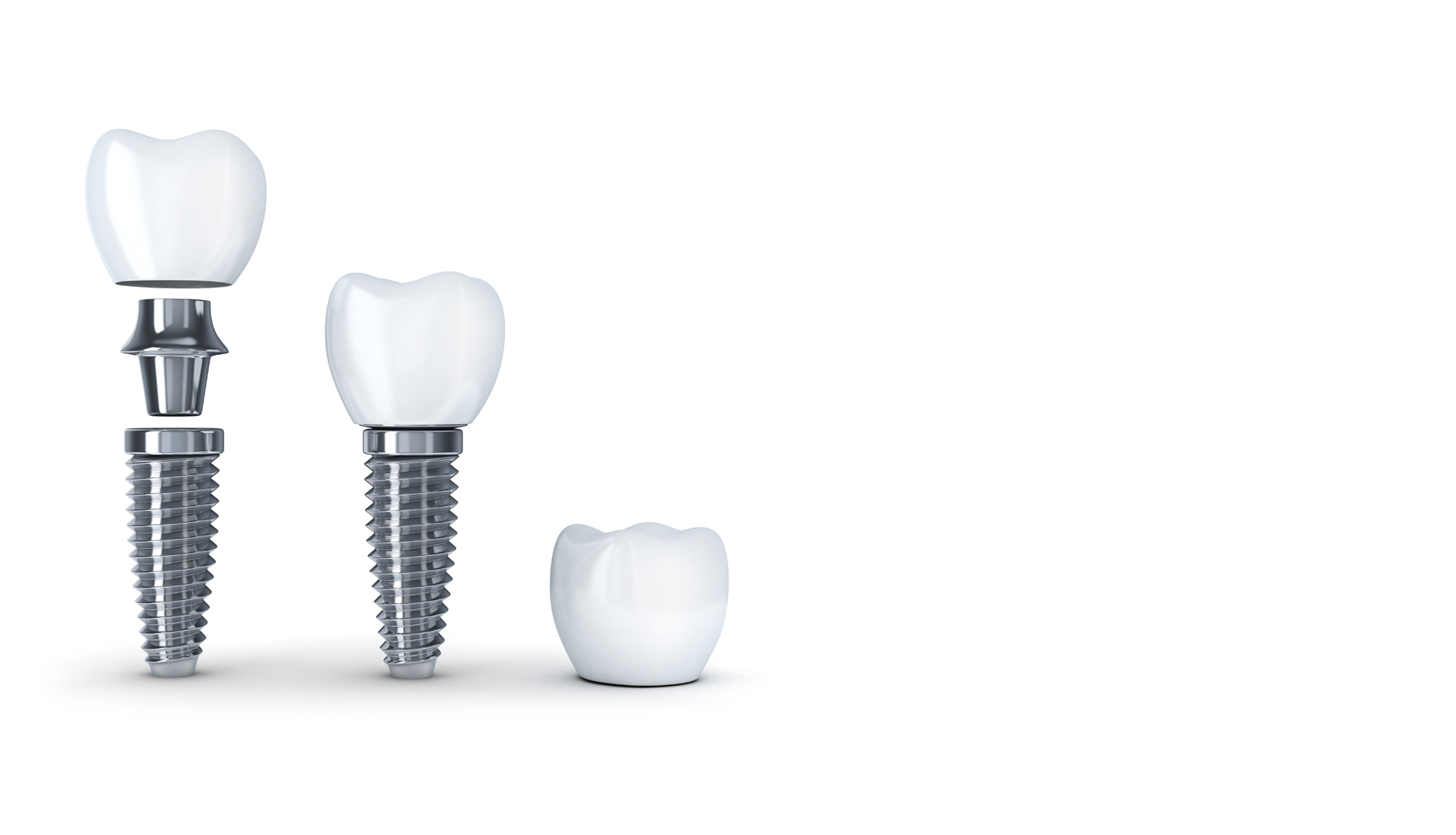
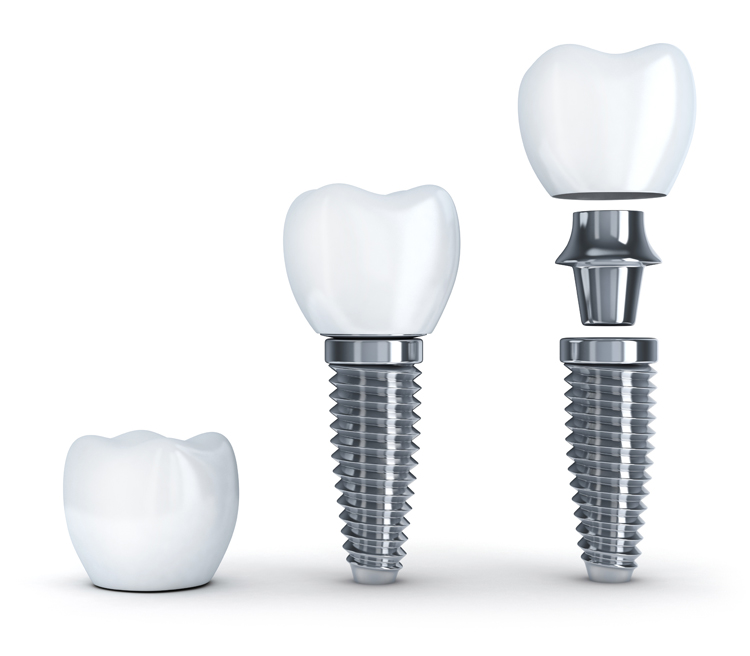
A dental implant replaces a lost tooth with an artificial one—simple, yet one of the most logical solutions.
The greatest benefit is that it does not burden your remaining teeth.
Rather than harming other teeth, an implant can actually help protect them—especially when the adjacent teeth are weakened by caries or periodontal disease.
You can bite with confidence just like natural teeth, and the appearance is so natural that it is often indistinguishable from real teeth—hence the nickname “the second permanent tooth.”


The implant fixture is placed into the jawbone, and a custom crown is attached and fixed with a screw—no need to remove it daily.
A biocompatible artificial root is embedded in the jawbone and a ceramic crown is mounted on top. Typically, there are three parts (①–③ above).

Supervised by
Implant Specialists

Trusted Global Brand:
Straumann

Fully Custom
Ceramic Prosthetics
Our treatments are supervised by Dr. Satoshi Yokokami (Implant Specialist at Fukuoka Dental College Oral Medical Center) and Associate Prof. Kenichiro Hashimoto (Fukuoka Dental College). Dr. Yokokami places over 200 implants annually.
Dr. Hashimoto is an oral surgeon with extensive surgical experience. Working closely with these frontline clinicians, we provide implant therapy you can trust.
We use Swiss-made Straumann implants—a brand with clinical use since 1974 in over 70 countries.
The fixture is titanium–zirconia: strong and highly hydrophilic, promoting reliable osseointegration.
Our in-house laboratory and technicians craft prosthetics tailored to each patient.
We verify directly in the mouth as needed and flexibly respond to requests for shape and shade.
We leverage advanced tech such as 3D-printed models, facial scanning, and intraoral scanning to reduce burden while delivering fully custom results.
We take impressions and fabricate a surgical stent as needed. With the stent in place, a CT scan evaluates 3D anatomy, including bone volume and thickness for implant placement.
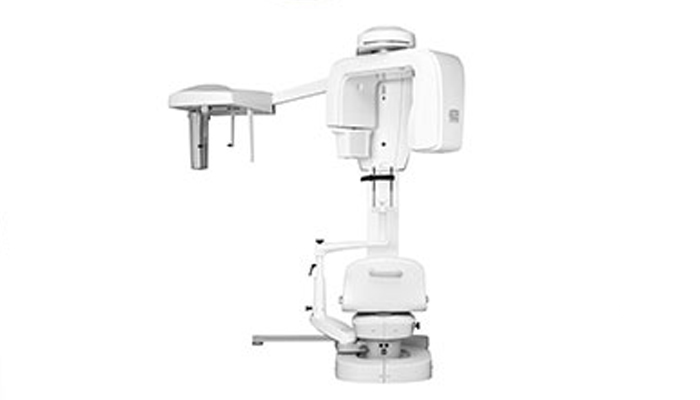
The gum is opened, the bone prepared, and the implant fixture (artificial root) is placed. The gum is sutured over the implant, so appearance does not change immediately.
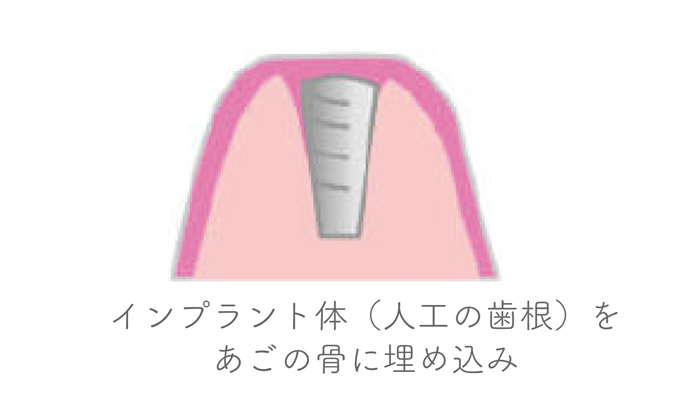
After osseointegration (about 6 months for the upper jaw, 3 months for the lower), we expose the implant and attach an abutment to support the crown.
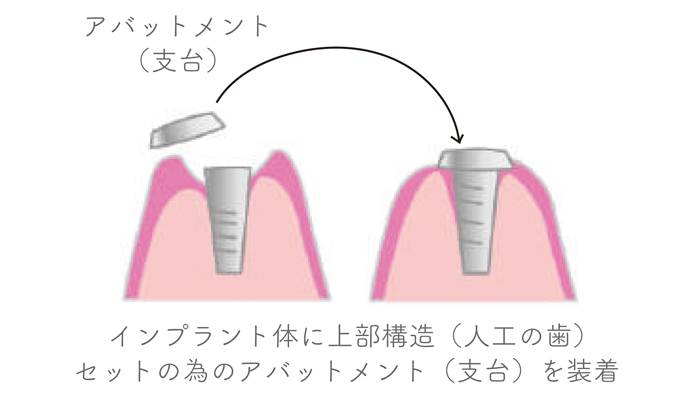
Once healing progresses, we take impressions and place a temporary crown for several months, checking bite and comfort. It already looks close to a natural tooth.
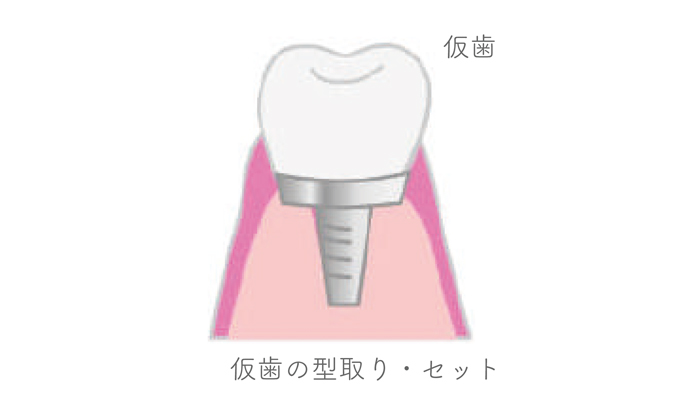
If all is well with the temporary crown, we fabricate and place the final restoration. Long-term success depends on maintenance—please continue regular checkups.
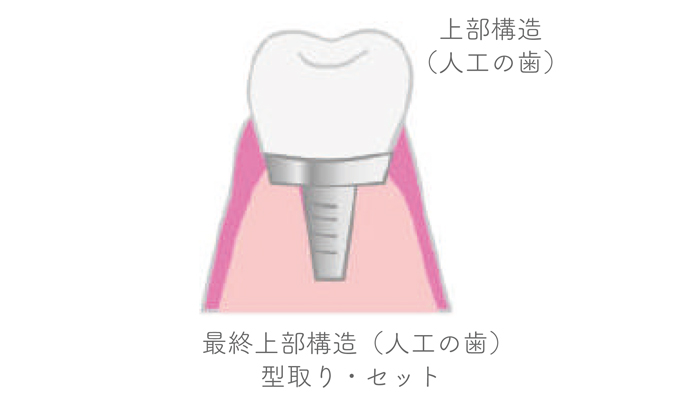

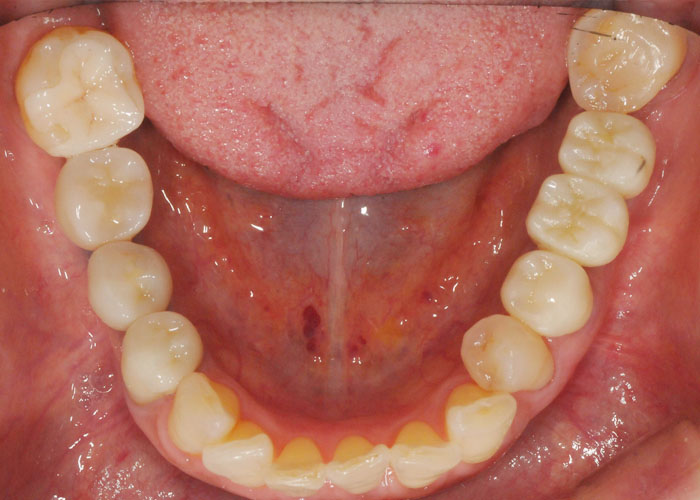

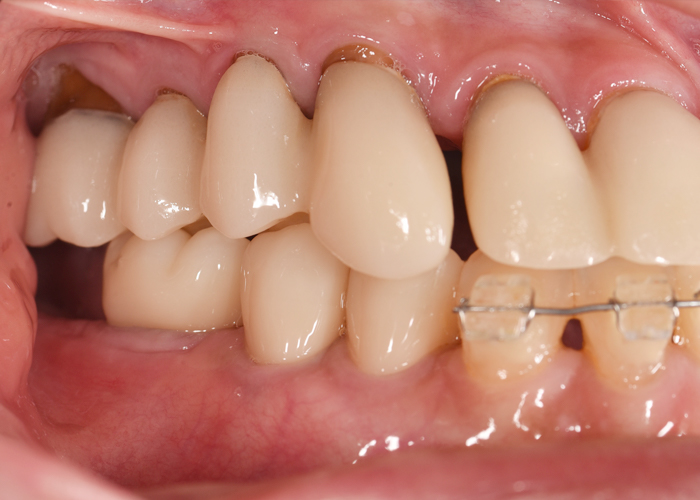
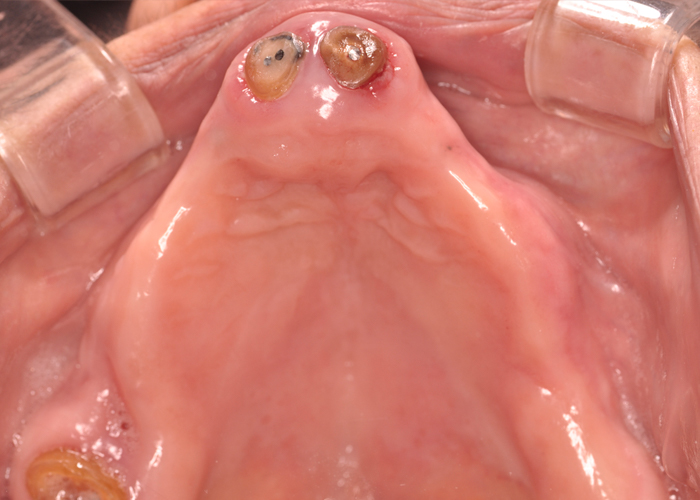
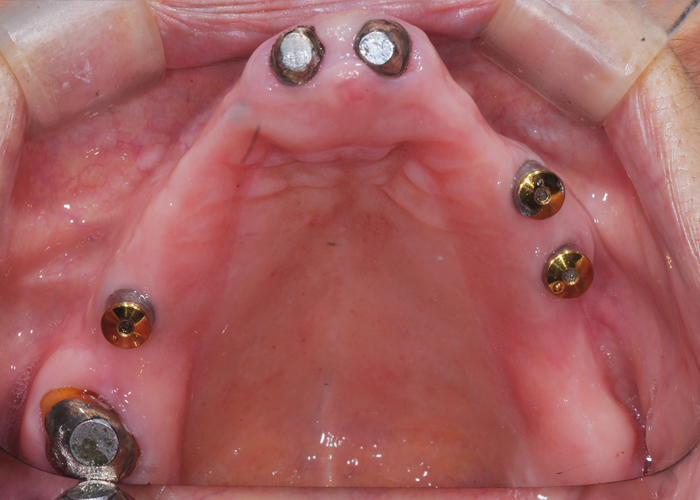
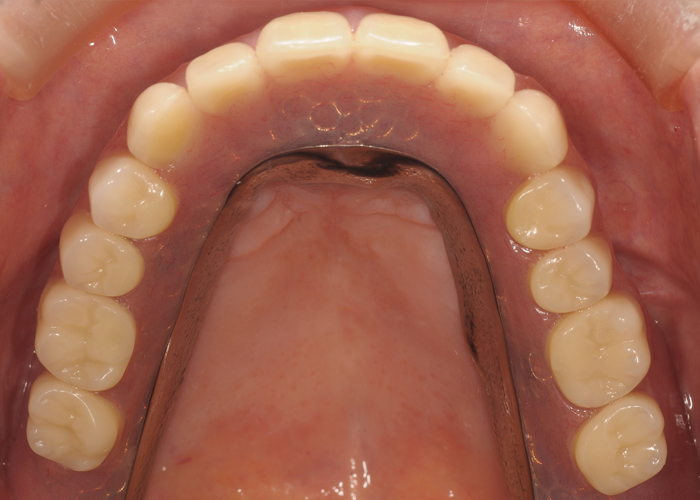
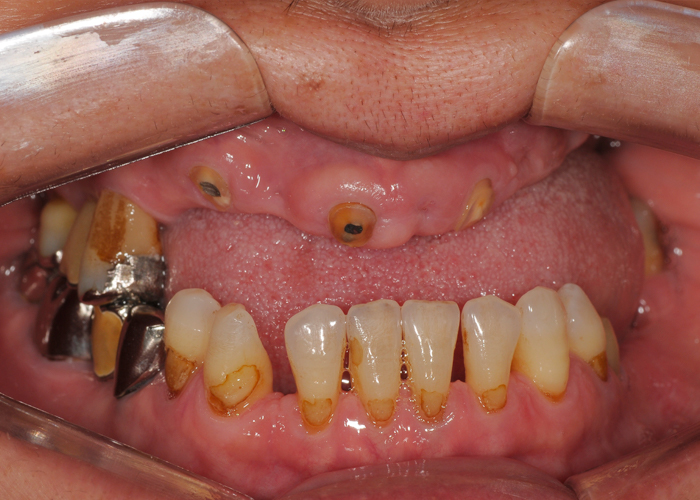
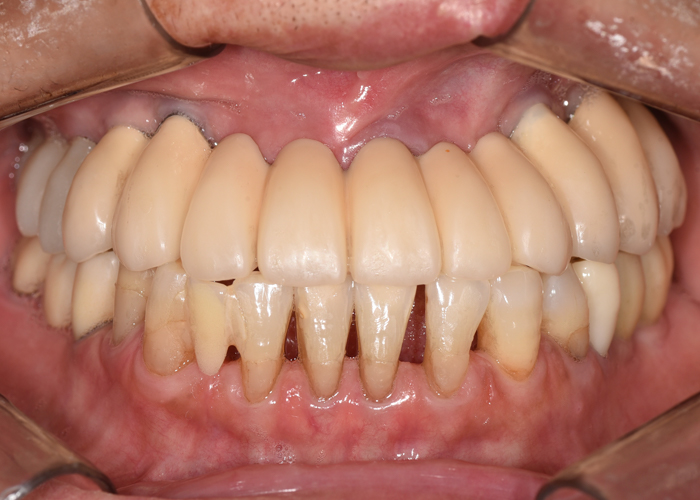
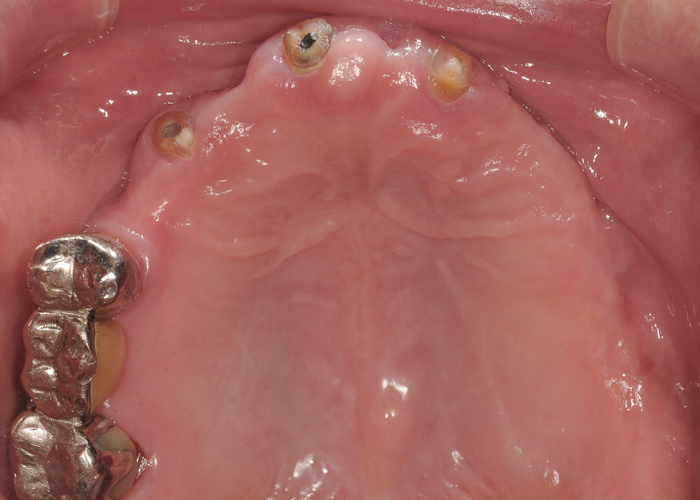
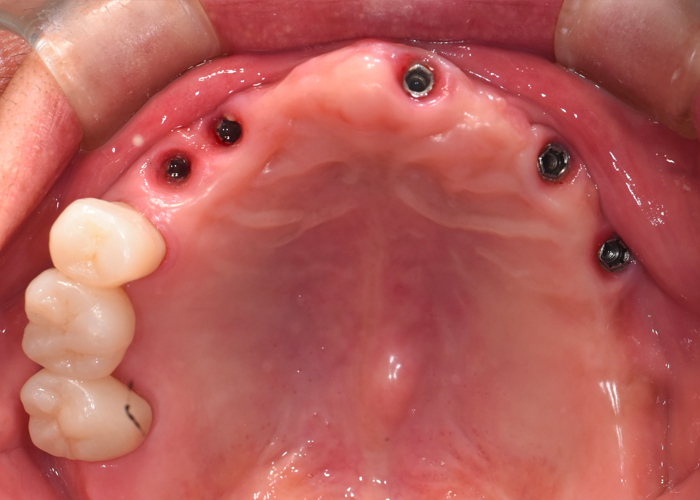
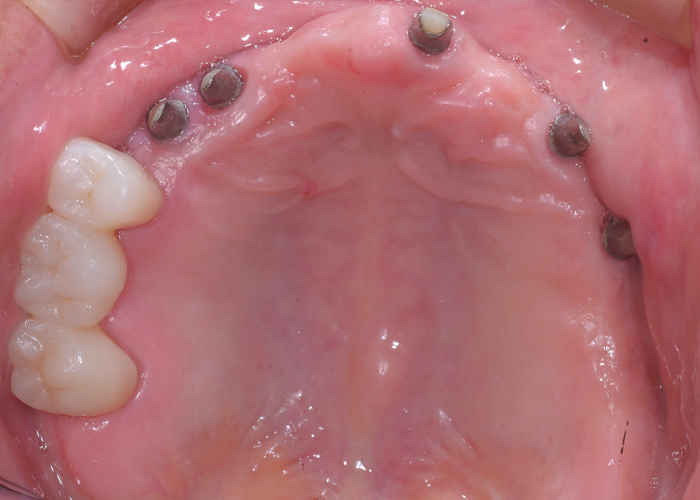
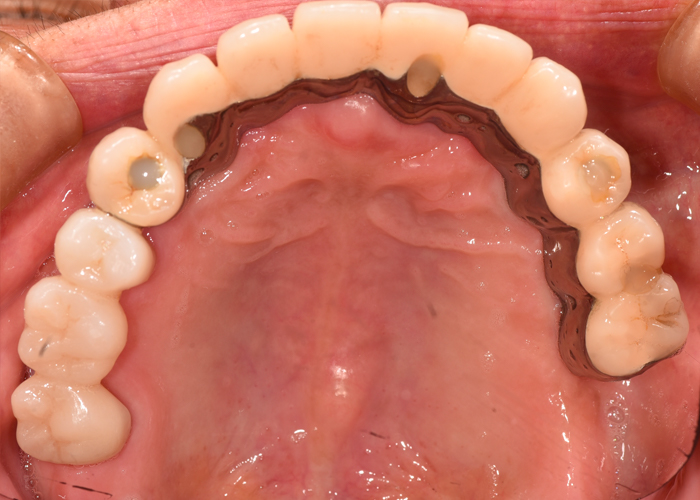
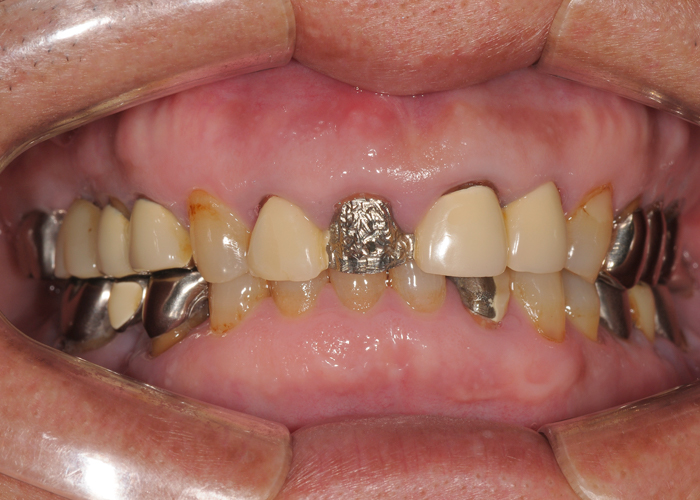
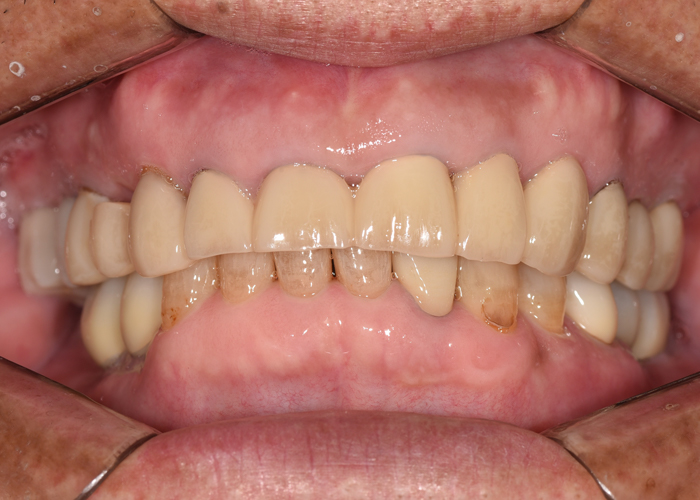
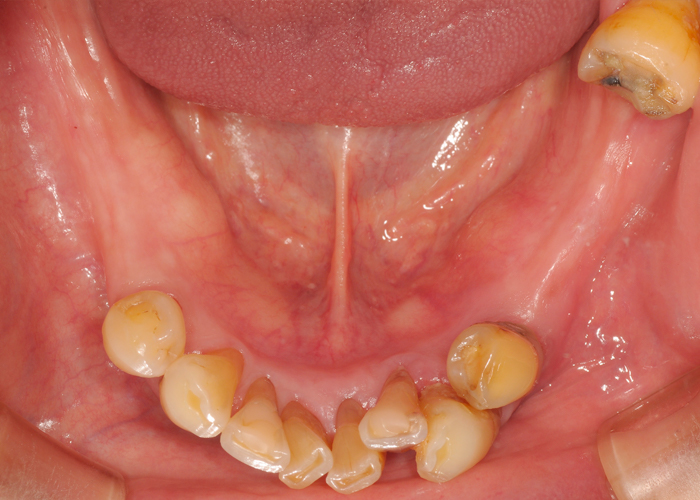
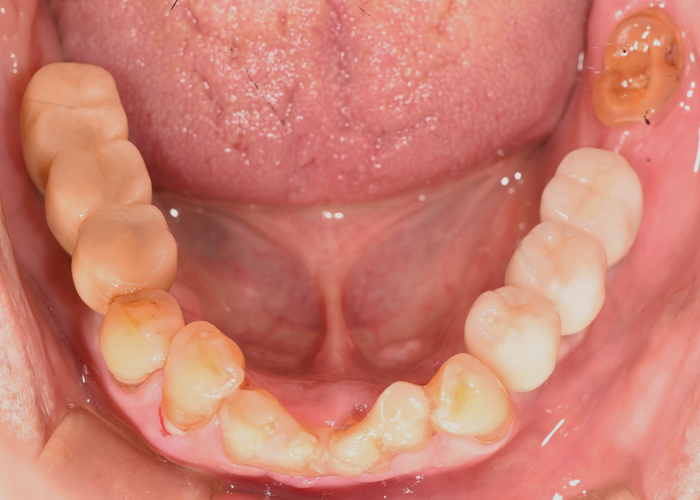

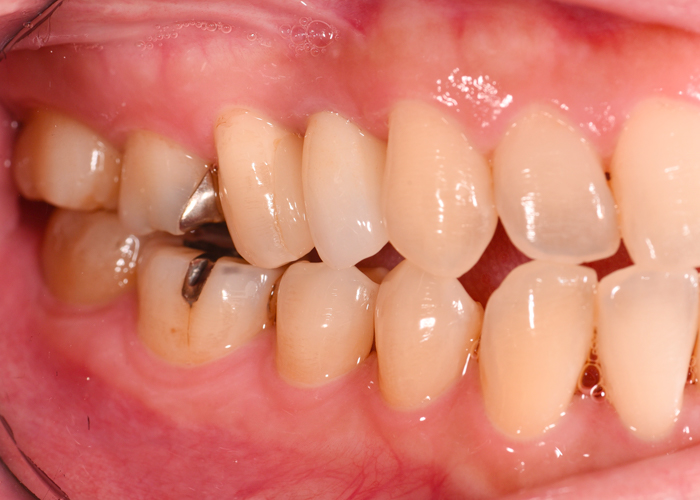
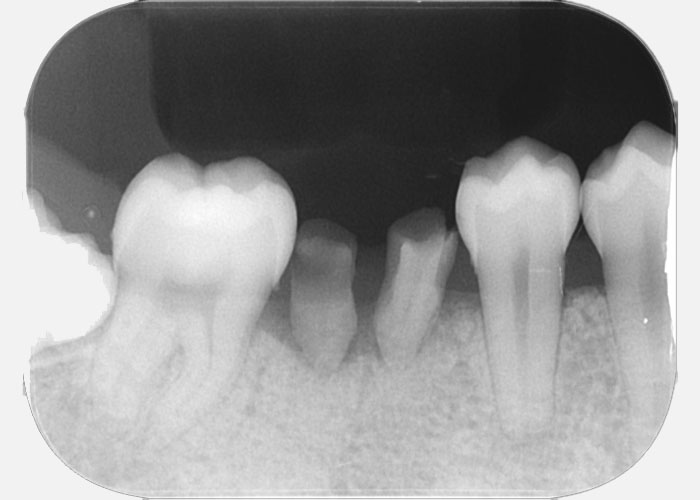
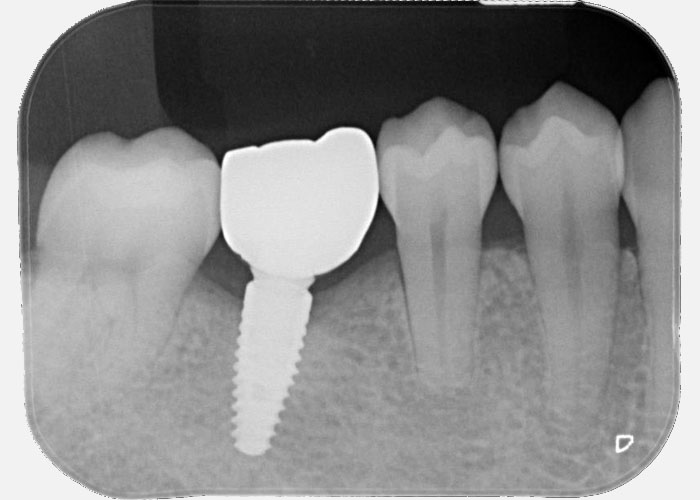
Frequently asked questions about dental implants.
Does drilling into the bone hurt?
During surgery, local anesthesia prevents pain. Discomfort may occur after anesthesia wears off, typically similar to tooth extraction. Many patients report only mild pain controllable without analgesics.
Will I be unable to get MRI/CT or X-rays after an implant?
No. Having a dental implant does not prevent MRI, CT, X-rays, or ultrasound. These examinations can be performed without issue.
How long do implants last?
The fixture itself is highly durable; longevity depends on bone health and maintenance. With proper professional care, 10-year survival rates exceed 95%.
How much does it cost?
Costs vary by condition, but a single implant is approximately ¥500,000. Please ask our staff for details.
| Implant Treatment | Approx. ¥500,000 per tooth |
|---|---|
| Treatment Period | Approx. 6–12 months |
In addition to lump-sum cash payment, we accept installments (credit card, dental loan, bank account transfer). Please contact us for details.

| Hours | Mon | Tue | Wed | Thu | Fri | Sat | Sun |
|---|---|---|---|---|---|---|---|
| 9:30–18:00 | ● | ● | ● | ▲ | ● | ■ | ★ |
